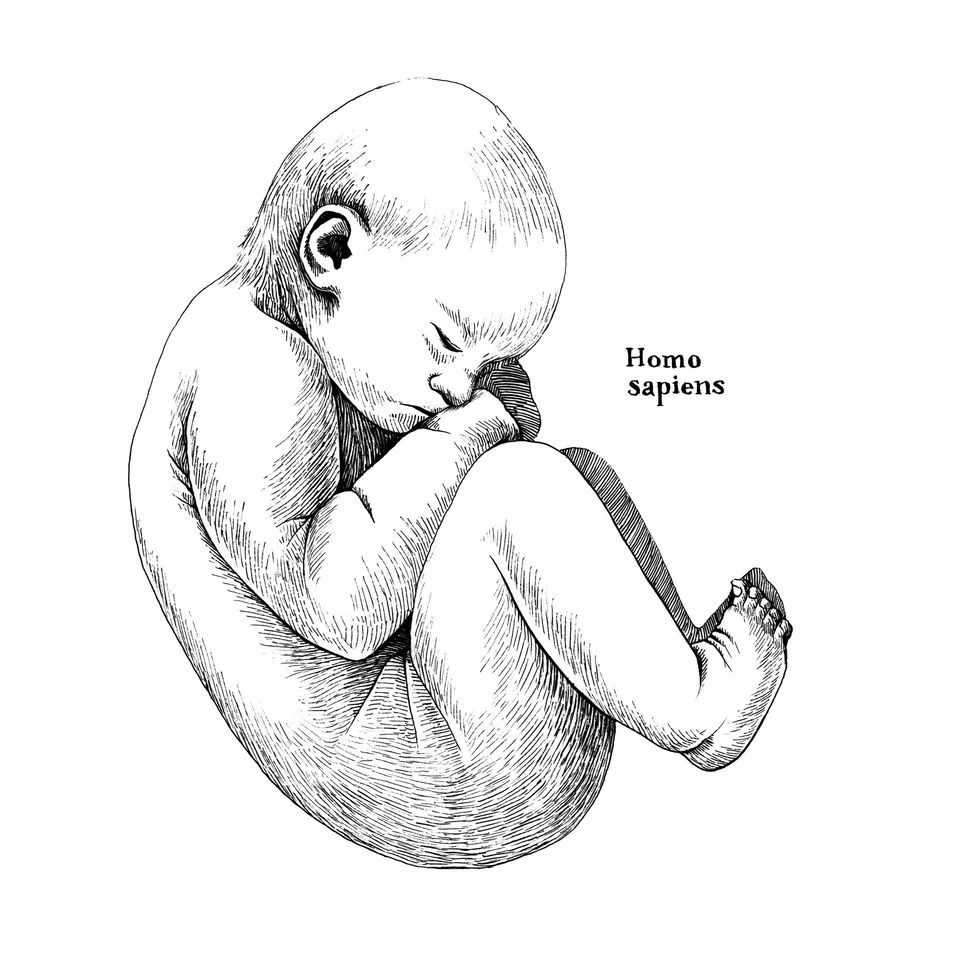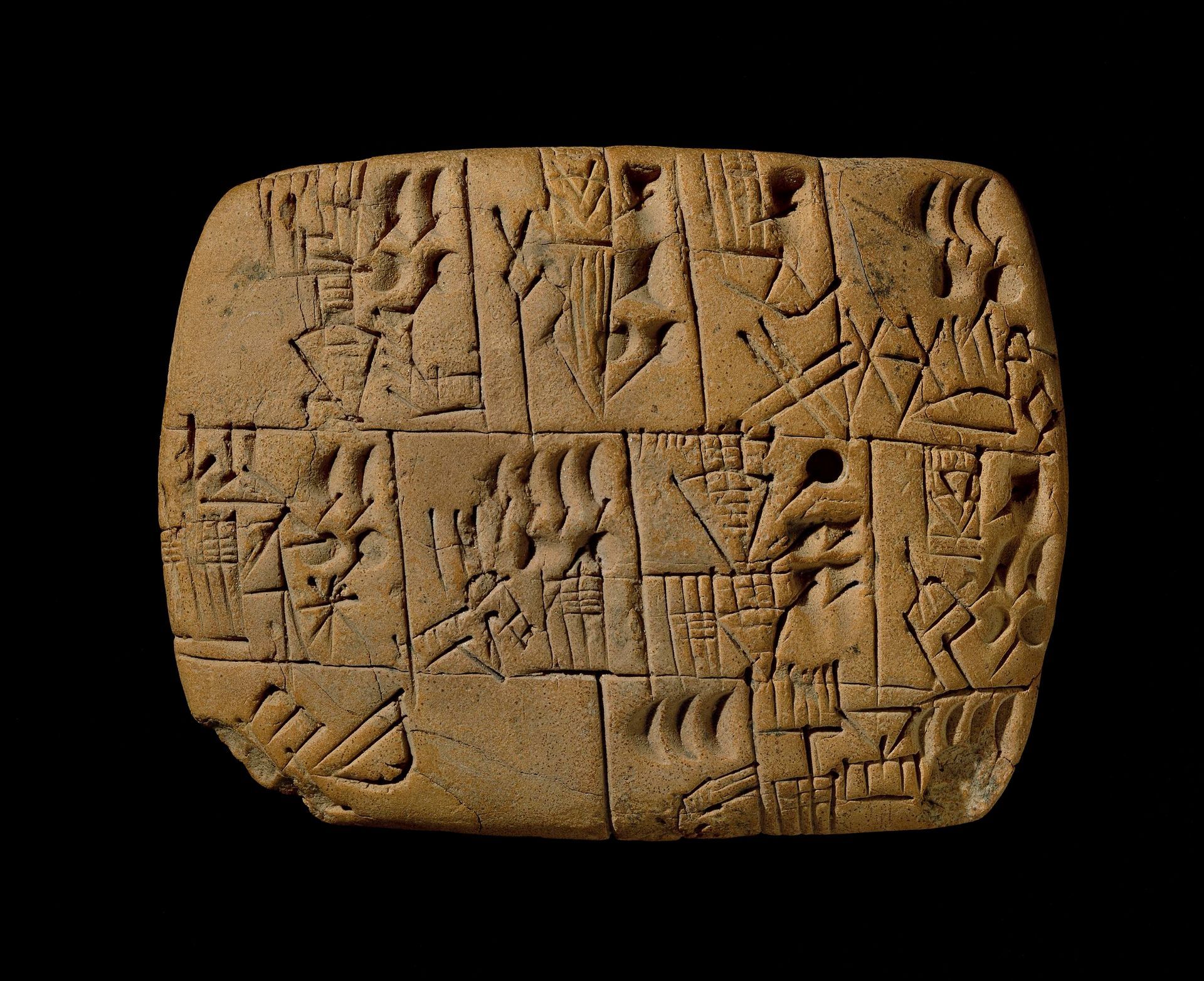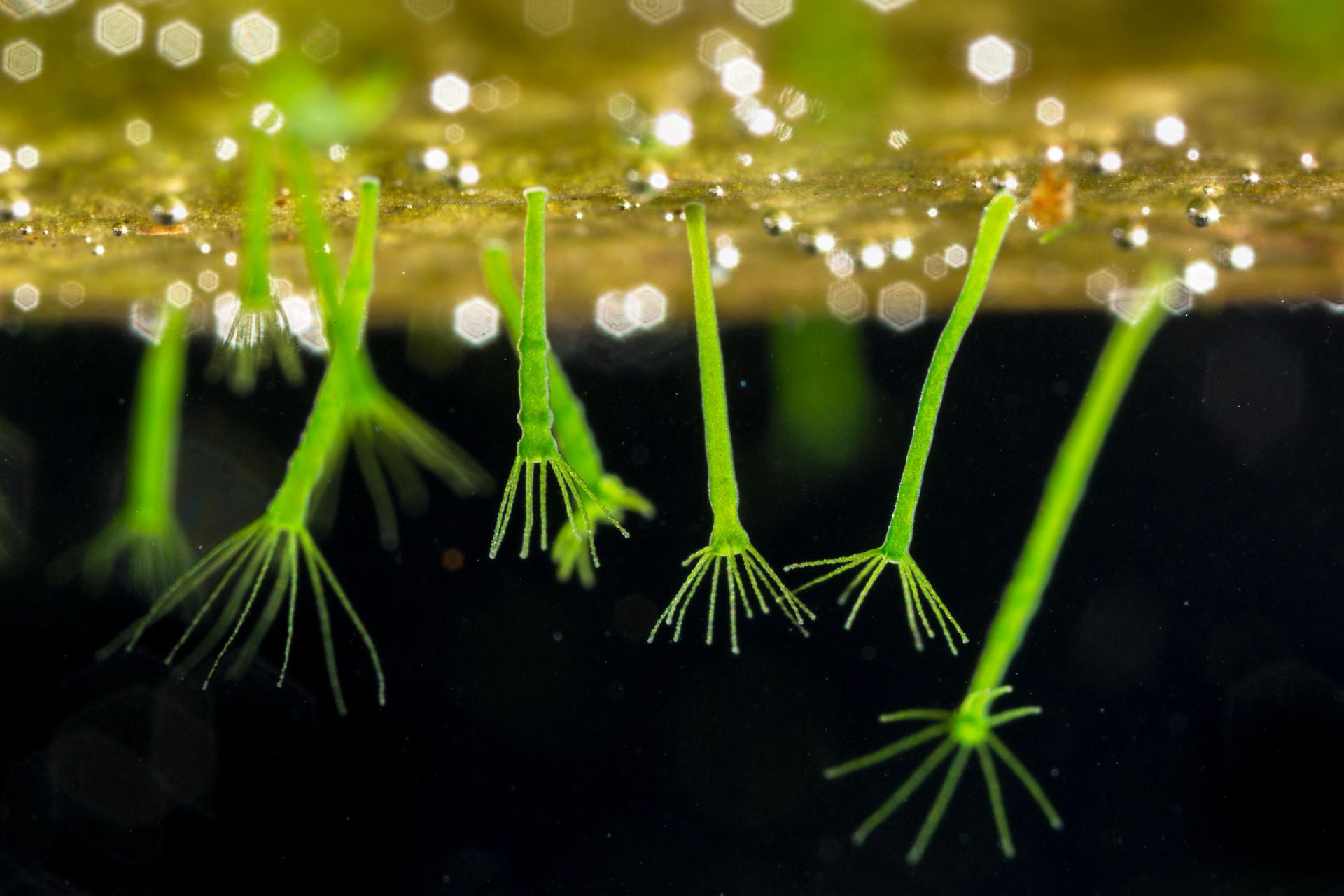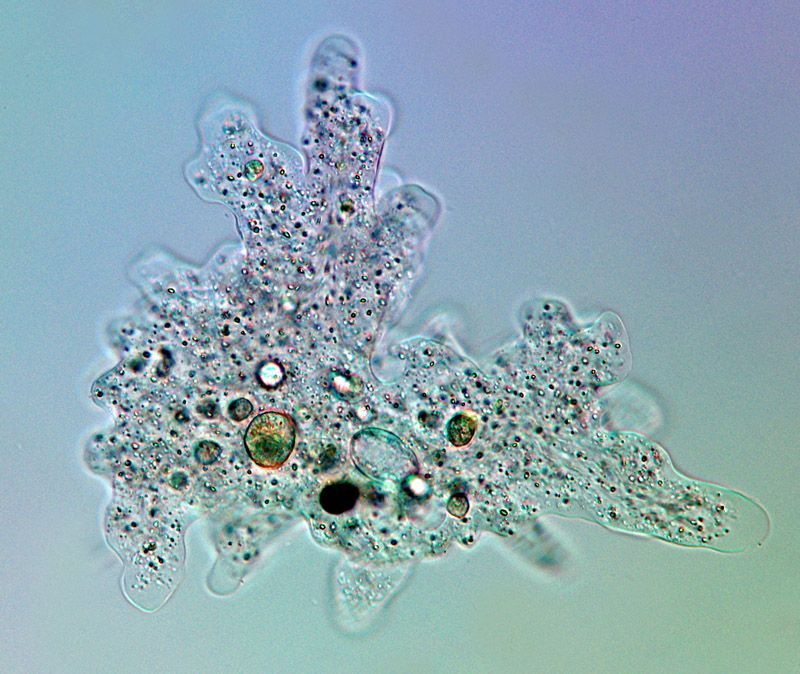Are humans an endangered species?
Considered with
the kind of objective methods employed by biologists to describe other animals,
humans emerge as a most peculiar kind of primate. Our babies seem no smarter
than other apes, but by the time we are toddlers the differences are profound. The
descended position of the larynx along with other anatomical and neurological
adaptations have allowed us to develop sophisticated communication methods
ranging from our original African languages of clicking sounds to the extended vocal
range required for “Muzetta’s Waltz” from La
Boheme
. Besides these, and other, biomechanical characteristics, attempts
at an holistic description of Homo
sapiens
embrace our recurring cultural habits of agriculture, politics, trade,
materialism, warfare, art, science, and religion.
The IUCN Red List places Homo sapiens
in the conservation
category of “Least Concern,” and offers the following justification: Listed as Least Concern as the species is very widely distributed, adaptable,
currently increasing, and there are no major threats resulting in an overall
population decline.
The durability of this assessment should be considered
along with this excerpt from a Latin description of our species that may be
adopted by extraterrestrial taxonomists that visit earth in the twenty-second century: Homo sapiens: illa simiae
species Africana ab origine quae adeo orbem pervastavit
terrarum ut ipsa extincta fiat.
Or, Homo sapiens:
species of ape of African origin that
devastated the biosphere and thereby drove its own extinction.





